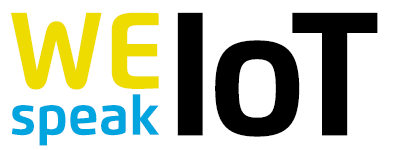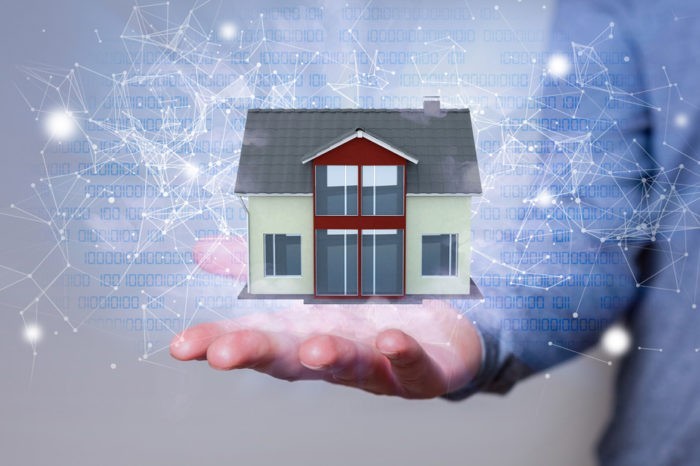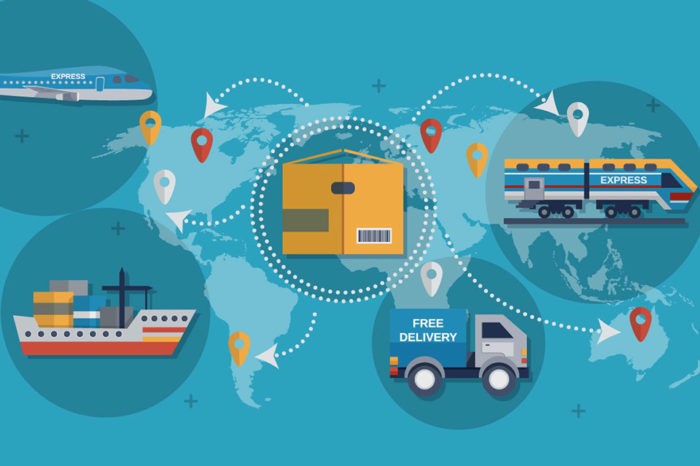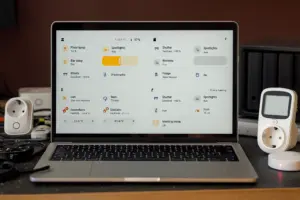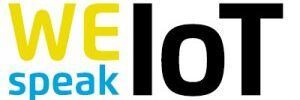Doing business with data: the basics of data-driven business models (I)
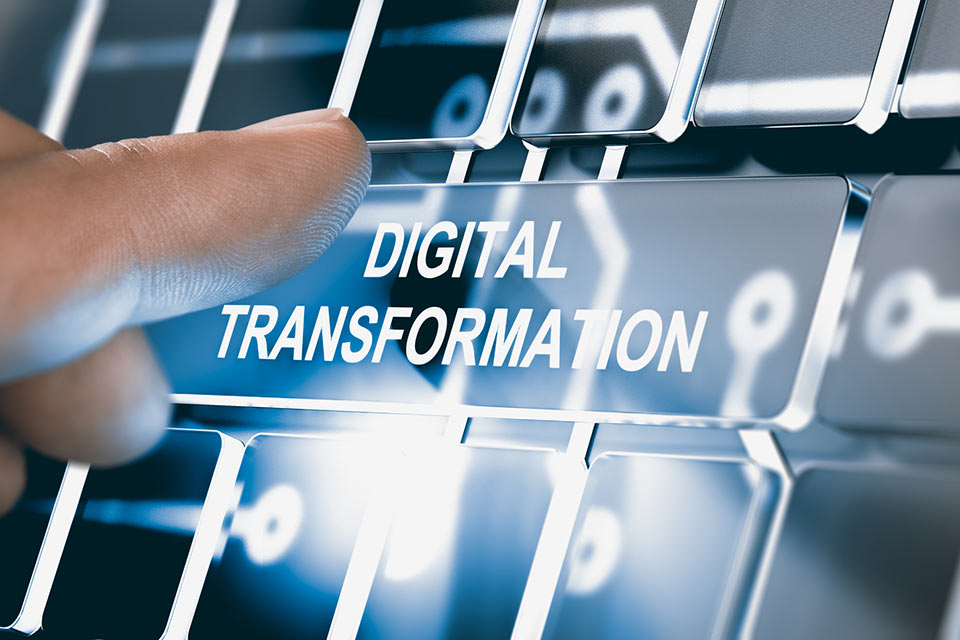
Data, they say, is the new gold. But how do you turn one into the other? Anyone who wants to generate sustainable value from data needs a strategic approach. We present 5 data-driven business models in this two-part article.
Data-driven business models are about using data from operational processes and transforming it into business values. A mere improvement of current business processes – with intelligent data analysis, for example – is not yet a data-driven business model. The goal behind data-driven models is rather to sustainably renew business models or to generate completely new ones.
Generating sustainable value from data requires a strategic approach that takes into account new business models and adapted business processes. There is no “golden formula” for success. Every organization must find its own way to monetize data in a sustainable manner. But many will follow similar ideas and designs and pursue similar goals.
Ralph Hofmann and Arent van t’ Spiker have worked out which models are basically possible with their five “Patterns in Data Driven Strategy“. The models cover a broad spectrum – from simple to complex approaches. In this first part we present three simpler models.
1st model: direct monetaryization of data
The direct sale of data is a first approach to monetizing data without any major effort. In this model, a company benefits directly from its raw data by selling it unprocessed to interested parties, such as customers. For legal reasons, it is important that the data are sold anonymously and that no conclusions can be drawn about specific persons. For example, companies can sell customer data to commercial market research institutes. If the data contain customer information together with purchasing behavior, market researchers achieve more valid results than pure surveys.
Selling data can be worthwhile: According to a calculation by the Financial Times, companies currently receive around 60 US cents for the data profile of an average person. A package of a thousand similar profiles, enriched with information on demographics such as age, place of residence, wealth and interests, would be worth around 600 euros according to the FT calculations.
2nd model: Product and service improvement
The second model uses data to improve or renew existing products and services. This is the principle of the product innovation model. Here, information generated from the sale and use of a product (or service) is used to supplement the original product. In the simplest case, this is done by adding a simple additional feature. Alternatively, a completely new solution is also being developed. The latter usually leads to the most lasting benefit, since innovative solutions often become independent products that are less dependent on the original product.
For example, a bank can use its data to improve its existing products – or create completely new offerings. For example, it can develop an app based on customer data or a dashboard for an output overview. This service can only be generated using the insights gained from customer data and can be offered in addition to existing online banking. Through the use of both services, these are further developed by means of data analysis. The dashboard can also be used separately from a bank account of this institution. Customers of other banks can also use it to keep a better eye on their expenses.
3rd model: Commodity swap
In commodity swaps, a company uses a popular and frequently sold product or service as a means of generating data. On the basis of these data, it then differentiates itself from competing offers. The data is used to create a new product or service that is inseparably linked to the offer of goods.
Business models differ in the way in which this combination is monetized. In some cases, the data products are offered free of charge in combination with an existing goods contract. In other cases, the goods are offered at a competitive price, while the data products are offered at a premium price.
Utilities often use this model. The “intelligent meters” (smart meters) installed at the end users not only measure the amount of electricity consumed. They also record data such as the useful life, the fluctuations in the power grid and what kind of data is required.
The data can then be used to provide services to consumers. For example, a personalized web portal can be set up. Or variable daily tariffs can be offered to stimulate electricity consumption in times of low capacity utilization. The energy provider saves money by reducing peak production capacity and generates additional revenue by charging a small subscription fee for the service.
Please continue to the second part of this story: Doing business with data: the basics of data-driven business models (II)



